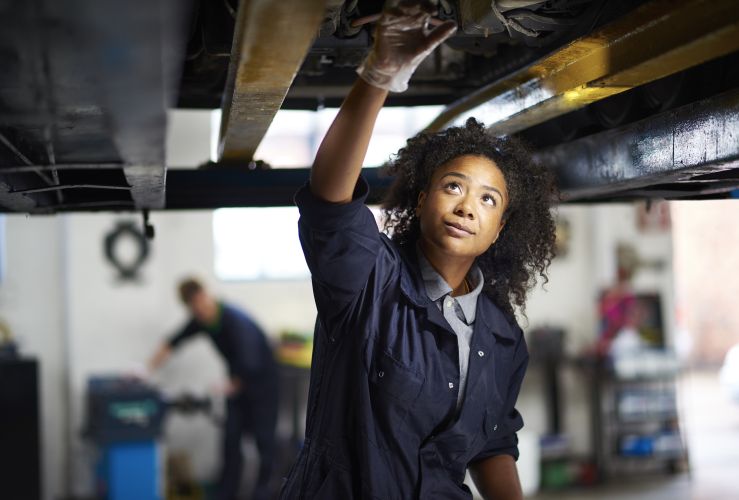
Your car's fuel filter helps ensure the petrol or diesel entering your engine is clean, while protecting your fuel filters from damage.
Your vehicle needs the correct amount of fuel to run and crank properly. As such, ensuring your filter is in good working order is an important aspect of car ownership.
The filter is used every time the car is cranked and run. As well as trapping debris and other impurities your filter also prevents moisture from entering the engine.
When do you need to change a fuel filter?
As time goes on, however, the filter will become clogged, reducing how much fuel reaches your engine. If left long enough, such blockages could prevent your engine from operating at all.
A clogged filter can force the fuel pump to work harder than it should, which itself may fail as a result. A faulty filter could also lead to contaminated fuel and a damaged fuel injector.
Ultimately, a faulty filter could see you stranded by the roadside with a broken-down car so it's important to get a fuel filter replacement when required.
Generally speaking, once your car has run 30,000 miles, the fuel filter should be replaced.
This equates to around two years of use. If you have a very new car, you may find you can drive further than this without needing to replace the filter.
- Engine sputters or stops altogether
- Engine does not run/start
- Idling is rough
- Low power
- Poor mileage
- Check Engine Light comes on often or all the time
- Vehicle does not stay cranked
The only sure way of telling if your fuel filter needs replacing, however, is to have it checked over by a mechanic, who will conduct a fuel-pressure test. This test will reveal how much PSI the fuel pump is creating at the fuel rail. An expected amount of pressure in a regular fuel-injected vehicle is between 30 to 60 PSI. Anything lower than this suggests your require a fuel filter change.
Your mechanic will be able to swap out the old filter with a new one.
In some instances it may not be obvious where the filter is located. However, by following the fuel supply line it should be pinpointed fairly quickly.
The location of your fuel filter depends on the layout of your car. Some are mounted in the fuel line, while others are positioned in the tank.
On an older car, the fuel filter is usually connected to the firewall, or underneath the rear, next to the fuel tank.
It may be trickier to locate - and replace - the fuel filter on a newer car, since they are normally inside the fuel tank itself.
Your vehicle’s handbook should detail how to locate and replace the fuel filter.




